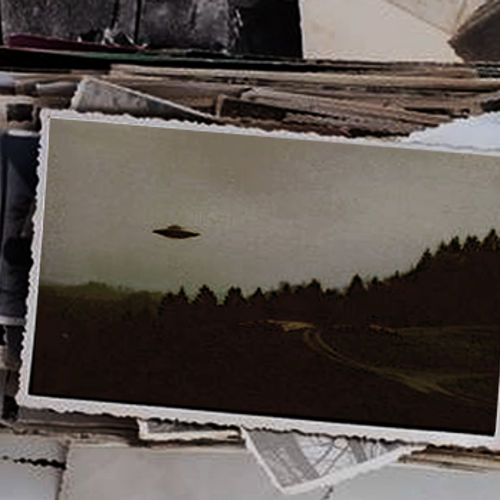
| Added | Tue, 03/01/2017 |
| Источники | Савельева М.В., Смушкин А.Б. Криминалистика. Учебник. М,: Издательство Издательский дом "Дашков и К". - 2009 г. - 608
|
The material evidence is all that is a direct or indirect manifestation of the phenomenon being studied, including:
- Subjects directly involved in the phenomenon
- Photo/video/audio materials
- Casts of footprints
- Biological material
- The readings
- Meteorological data
- The results of studies of the environment (soil analysis, etc.)
- The results of the medical and psychological analysis of the participants of the phenomenon
- Eyewitness testimony
In addition, for a more complete description of the situation, the researcher should provide not only physical evidence, diagram the scene (the location of the shooting, selection of samples for research and other significant details), photo report, but a report that includes, in particular, his experience at the scene of the manifestation of the phenomenon. In this report, he must strive for the most complete description, capturing not just what to do with the event, but that can be with him and not connected.
The stages of work with the material evidence
Stage 1: Obtaining of material evidence
The evidence can be obtained:
- From witnesses along with the testimony
- As a result of inspection of the scene
- The result of the experiment
Stage 2 Research
The study of obtained material evidence is conducted by experts and arranged in the form of a documentary conclusion.
The typical process of expert research
Model expert review process consists of the following stages:
- a preliminary study of the objects;
- detailed (separate) research;
- comparative study;
- evaluation of the research results;
- the preparation of an expert opinion.
At the stage of preliminary study, the expert carries out a preliminary examination of objects, establishes their suitability and adequacy to address the issues raised, outlines the research plan.
Followed by a research stage.
Stage detailed (separate) research lies in the study of received objects, separation, fixing and learning about their characteristics. In some cases, there is a need for the production of the expert experiment, which is an optional stage and is, as a rule, to obtain samples for comparative studies. During this stage the study of each of the examination object, are identified and analyzed, their common and particular features and properties.
The next stage is carried out a comparative study with the aim of identifying both commonalities and differences in the characteristics of the objects being compared.
At the stage of evaluation of the results of the study summarizes the results of a comparative study and formulates conclusions.
The production process of examination is completed with the preparation of an expert opinion and the necessary applications (photo-tables, schemes, drawings, etc.). [1]
The expert opinion consists of introductory and research parts and conclusions.
- The introductory part of the expert's report contains information about the expert, his expert skill, the kind and form of examination, reason for examination, a brief description of the circumstances of the case and submitted for resolution of the examination questions.
- In research reports describe the examination objects, sets forth a process of research describing its methodology provides a scientific explanation of the revealed features.
- In the last part of the conclusion of the findings in the form of answers to the expert questions. If you cannot solve any matter expert justifies in this part of the conclusion of the reasons for the refusal.
The conclusions of the expert can be categorical (positive and negative) and probable (presumptive).
The expert's conclusion with a definitive conclusion serves as a source of evidence. The probable conclusion is not a source of evidence, as established and set out in this data are used as guidance information.
Stage 3 Analytics
Consideration of the results obtained, experts and analysts, their opinions and proposals on the further course of the investigation (study of phenomenon).
Translated by «Yandex.Translator»
Log in or register to post comments
